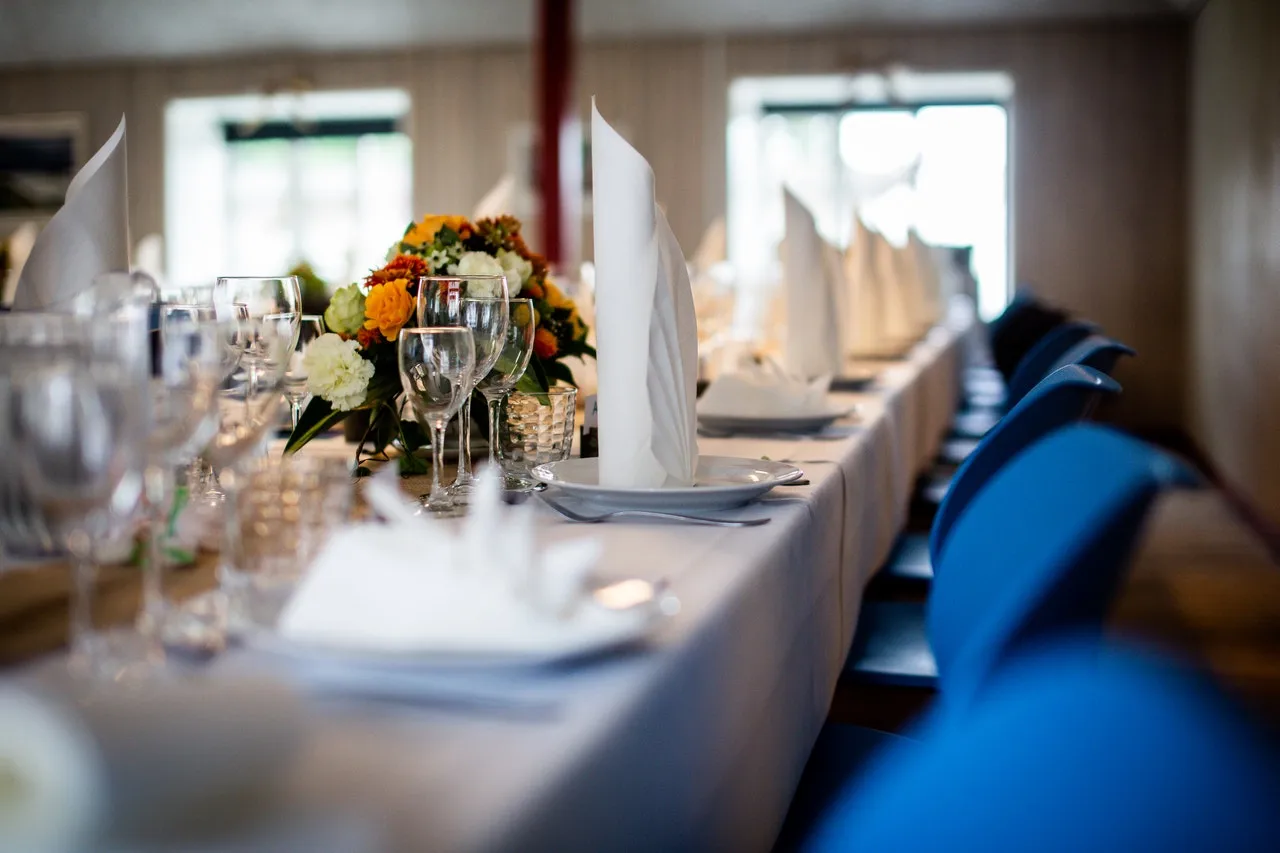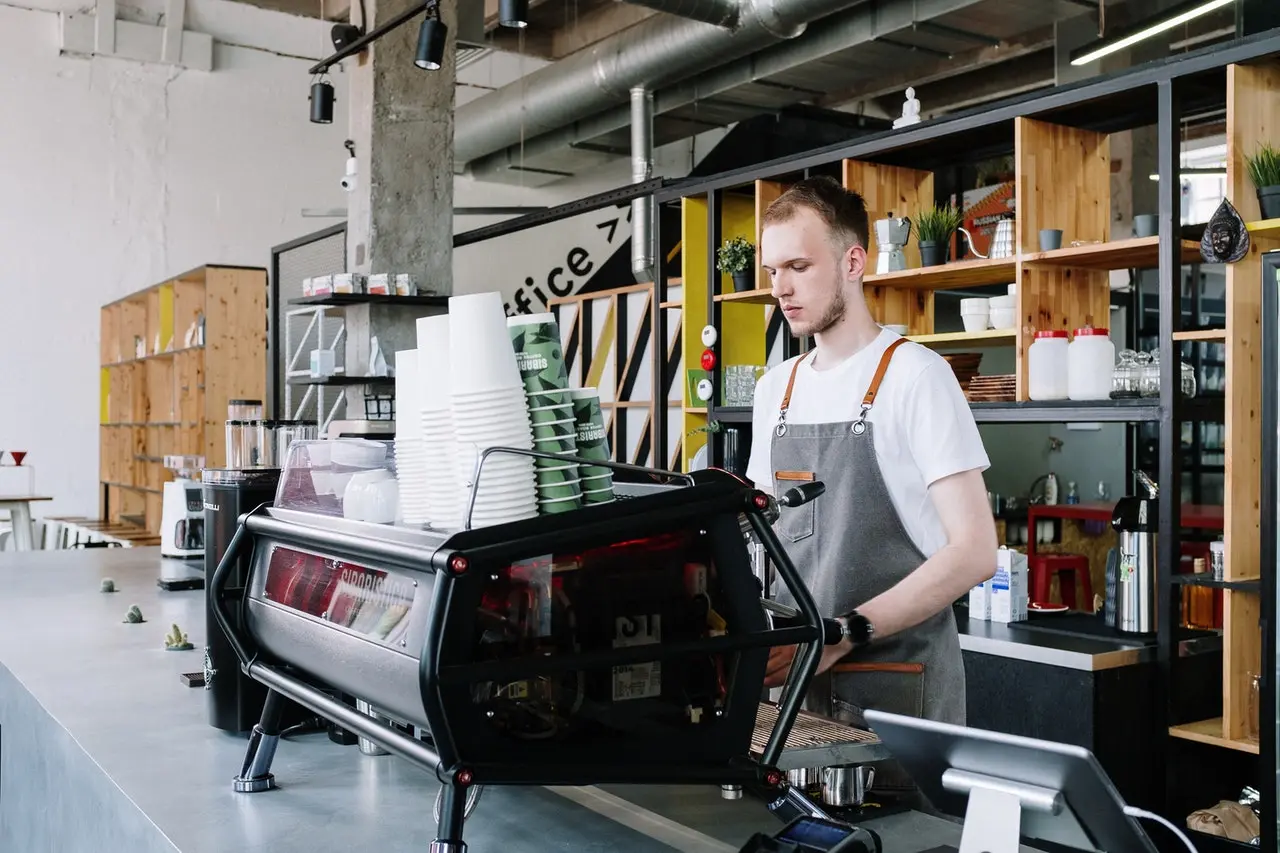The sky’s the limit when it comes to opening a business now, especially in the food industry. After all, people love food and conversations, which is a motivation for business owners to venture into the foodservice business. Think about it: how many of your friends have blurted out “I’m going to open a restaurant in the future?” (Or perhaps, you’ve thought about opening one yourself).
Either way, opening a restaurant can be a promising venture. After all, restaurant owners make an average base salary of $73,000 (the price range is from $33,000 to $145,000) per year. But before you jump into your restaurant planning mode, you must decide first: do you want to open a restaurant or a café?
The terms “restaurant” and “café” are rapidly becoming synonymous with each other. Café falls under the bigger “restaurant” umbrella. The food, service and atmosphere of your food place will change to portray the business that you wish to open (restaurant or café).
So, if you’ve been thinking about opening a restaurant but have been envisioning a small place that serves coffee, it’s important to know the differences in their set-ups, as well as the different steps involved in opening both food places.
What’s the Difference Between a Café and a Restaurant?
Firstly, as mentioned above, all cafés are restaurants. What sets both concepts apart is the type of services they offer. A restaurant will tend to offer drinks and food and are often licensed. Cafés are known for their selection of coffee and specialty beverages. However, both concepts are changing to adapt to the special features of one another.
Restaurants
Restaurants often offer a variety of food, which includes appetizers, salads, entrees, soups and desserts. In most restaurants, waiters serve the food while the diner waits for each course to be served. The seating for most restaurants is often inside the establishment, but many restaurants offer alfresco dining for people who want to eat outside or smoke.
Cafés
Also known as coffee houses, cafés offer a wide selection of coffees and teas. Most coffee shops also serve simple dishes and light snacks, which are often paired with a variety of cakes and pastries. At a café, the customer will line up at the counter for their pre-prepared snack or coffee. Recently, many cafés have extended their food selection by replicating restaurant menus on a smaller scale.
Whether it’s a local village café or a big café, most coffee shops have an extended outdoor area where patrons can sip their coffee while they browse through their phones, read a paper or watch the outside world.
Cafés are popular for being “chill” hangout places where you can go with friends or alone. It’s an accessible food place for people who want a nice place to have coffee and to talk with friends.
How To Open A Restaurant: Step By Step
-
Step 1: Determine your preferred segment in the restaurant industry
Restaurant establishments can be broken down into different segments.
- Fast food. Also known as quick restaurants, fast food restaurants specialize in casual service and quick food preparation.
- Casual dining. Provides a full-service, sit-down experience at affordable prices. Customers enjoy a relaxed ambiance and good food without going over their budget.
- Fine dining. Offers customers an upscale and elegant dining experience. These restaurants come with higher prices since customers are paying for top-quality meals and service.
- Family dining. Follows a similar format to casual dining. Family dining restaurants offer dinner, lunch and breakfast options, which makes them open for more hours.
-
Step 2: Define your restaurant concept
Your restaurant’s concept must be present in every aspect of the business, from the style of customer service to the good. It must also be reflected in the design of your collateral, the name of your restaurant and décor of the establishment.
-
Step 3: Create a business plan
Your business plan should include the details about your operations. The plan should also contain an executive summary, industry analysis, business description, food safety plan, target market analysis, sample menu, management strategy and marketing plan.
-
Step 4: Obtain the necessary licenses and permits. Register your business
Apart from the typical business permits and licenses needed you’ll need a liquor’s license and food handler’s permit, which vary from one state to another. Once you’ve had your permits, register your business with the IRS.
-
Step 5: Create your menu
Choosing the food items to feature on your menu requires carful decision. The menu dictates the type of equipment you need, the type of customers you want to attract and the skills you need from the staff. For example, if you want to serve pizza, you’ll need proofers, dough mixers and chefs who know how to handle pizza.
How To Open a Café: Step By Step
-
Step 1: Research the coffee business
The success of your café starts with good research. Start by visiting different cafés and get an insight on what customers want and what you want your business to be like. What time of the day is the busiest? Knowing how the coffee business works can help you with creating the menu, price points and more.
-
Step 2: Create a business plan
As mentioned above, a business plan will guide you through the different stages of developing and managing your café. It’ll serve as a blueprint for business.
-
Step 3: Bring your concept together
The general café concept is fine but if you want to market your café, make it unique. Here are some concepts to try.
- Boutique café. Think chandeliers, painted China and pink settee. Boutique cafes depend on execution.
- The best way to save on everything is to go the bare minimum. A minimalist concept streamlines your menu to a few items and stuns customers with clean surfaces.
- Eco-friendly café. Eco-friendly café concepts range from hosting floating gardens to using paper straws instead of plastic ones.
-
Step 4: Find the best suppliers
Depending on the type of café you want to open, the major suppliers you’ll need are milk, coffee, bread, fresh produce and groceries. You’ll also need cups, napkins, coffee stirrers, syrups and more. Make a list of all the supplies you need. From there, start searching for suppliers.
-
Step 5: Source for commercial equipment
You’ll need to invest in an espresso machine, dishwasher, refrigerator, commercial blender and more. Also, consider how you can finance this equipment. In case of coffee equipment, you can get this on a loan from your local coffee roasters.
What Is Better Café or Restaurant?
As mentioned above, restaurant owners can make up to $145,000 a year. On the other hand, coffee shop owners can earn anywhere from $60,000 to $160,000. However, the decision to open a café or a restaurant ultimately depends on:
- What you want
- What you can afford
- What you preferred food business is
- What the demand in your area is
Remember, the sky’s the limit when it comes to opening a business, especially in the food industry. Just make sure you plan well to turn your food business dreams into a reality.
